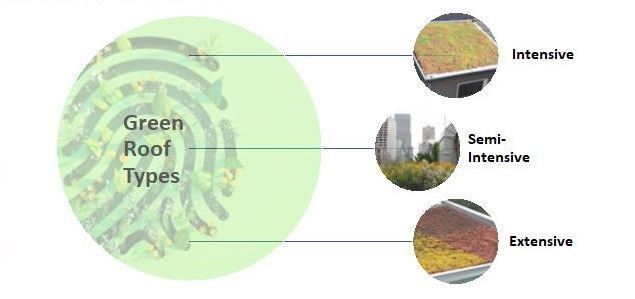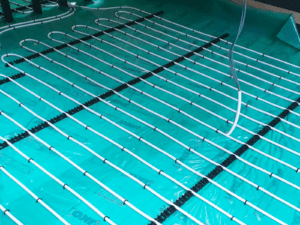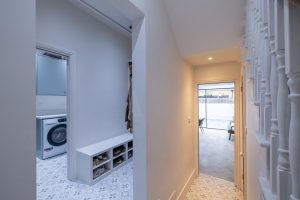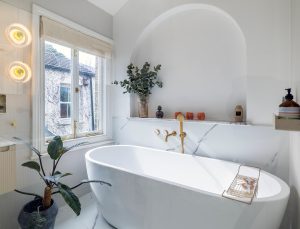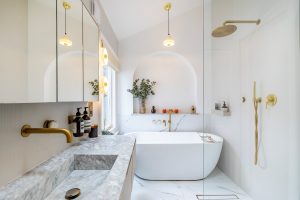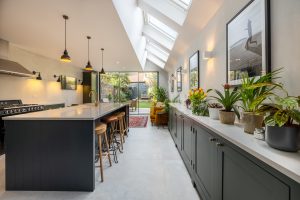Green roof or eco-roof is a layer of vegetation planted over a flat, or slightly inclined waterproofed roof. There are mainly three types of green roofs: Intensive, semi-intensive and extensive.
While the basic advantages of all three roof types is quite similar, there is slight difference in its installation, access, and maintenance.
Extensive green roof has a shallow growing medium, which is less than 6 inches and affects moderately on roof load. Due to its soil condition, there is limited option in plant type for installation, minimal water requirement, often no need for irrigation and drainage systems and is often not accessible. These are low maintenance green roofs.
Some other advantages of this roof type are:
· Lightweight
· Suitable for large areas
· Suitable for roofs with 0-30° slope
· Relatively little technical expertise needed
· Often suitable for retrofit projects
· Vegetation can develop spontaneously
· Relatively inexpensive
· Looks more natural
· Easy to get planning authority approval
Along with these numerous advantages, extensive green roof can have some disadvantages due to its limitations, including less choice, no access for any alternative use and it could also become less attractive during winter due to its vegetation type.
Intensive green roof on the other hand has more soil and deeper growing medium, as much as several feet. Due to this, it can support diverse plant types, including small trees. This also means it can have more substantial load on the roof under and need more maintenance and frequent watering. This roof type is usually accessible, an example of which can be urban architecture.
Some other advantages of this roof type are:
· Good insulation properties
· Can simulate a wildlife garden on the ground
· Often visually accessible
· Diverse utilization of roof (can be used as recreational space, open space or for growing food)
Although intensive green roofs have more character and functionality to it, due to its deeper growing medium, it requires better irrigation and drainage systems, hence, greater need for energy, water and other materials. This can turn into higher maintenance cost and need for more complex systems required.
Lastly, semi-intensive green roof is an amalgamation of both roof types, extensive and intensive, hence has advantages and features of both.
Every green roof is site specific, depending on the roof type and more importantly, the load it is able to bear. According to this, appropriate soil depth and plant type can be decided. Some other factors which effect the decision making for green roof type are annual rainfall and stormwater performance.
The following is a basic anatomy of a green roof. Each of these layers play a specific function in maintaining the plants and protecting the structure beneath:
Installation of green roofs can be in either a large section of integrated area, or even using a portable planting bed for modular green roofs.
Now that we have extensive information regarding types of green roofs, to know more extensively about their benefits, do check out our previous blog on “Green Roof Benefits” to further answer all your questions and get you ready for a green roof at your home.


